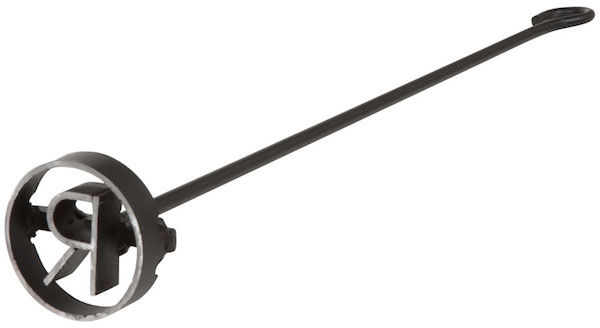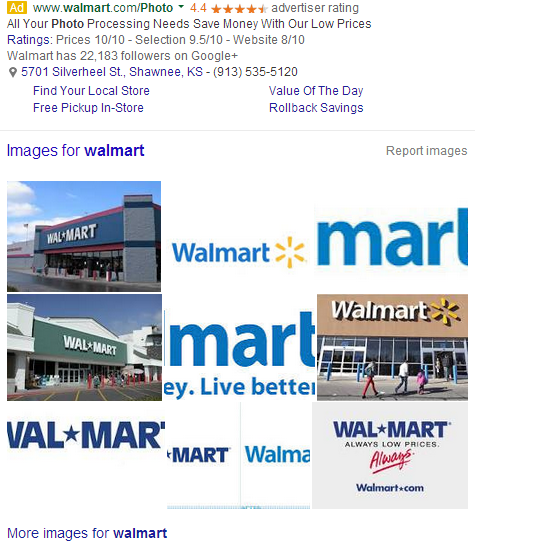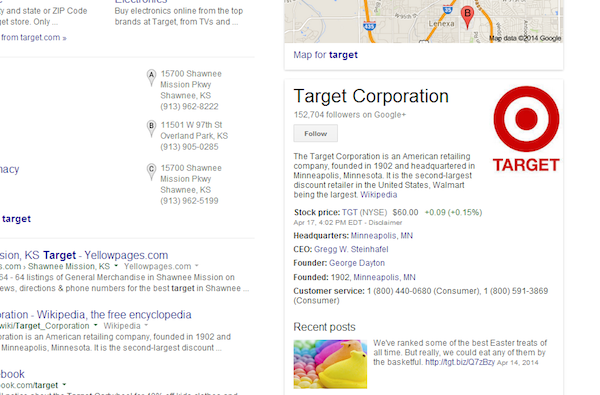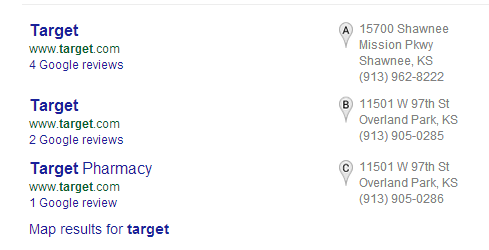
SEO isn’t just about ranking for keywords. Many people fall into a keyword obsession rut and seem to forget that while keywords are important, SEO at its core is about indexation, crawlability, and creating a site that is effectively traversed by crawling search bots.
Many people also often forget how, when done effectively, SEO supports their brand. How your brand is displayed in search, as well as the many other online properties where you have a presence, is commonly forgotten in the race toward powerful rankings for desired non-branded keywords. Don’t get me wrong, I love to see non-branded organic visibility rise, but we can’t forget “The Brand.”
In order to give the brand its fair share of SEO attention, here are seven areas you should focus that will give some love to your company.
1. Sitelinks
Do a search for your brand name. Hopefully you rank number one. If not, you’ve got more on your plate to worry about.
If you already rank number one, six sitelinks are likely showing under your main organic listings, like this:

Are these the pages that you most want new visitors to journey into? Are these the best six pathways into your site that speak to the brand and your message?
If not, you need to visit the sitelinks section and demote the unworthy links. They will disappear and Google will try again with an internal link offering. Continue to tweak this until you get the desired display.
2. Logo Schema
Give Google and Bing formatted code in the language they want to read it: schema. By using brand logo schema you are doing a more complete job of conveying your brand image to search engines. I expect that in the future you will see small brand logos show up next to organic listings for brand searches.
3. Brand Image Alt Tagging
Whenever you participate in other online areas, advertise, etc. your brand logo company imagery should contain branded text within the alt attribute. Given the fact that brand searches may present image universal results, you want nothing but your brand to dominate in this section. The same applies for image search.

(Wouldn’t be too funny if this brand had peopleofwalmart.com images popping up!)
4. Google+ and the Knowledge Graph
Many people don’t want to give Google+ the time of day. We know that participation is believed to give a visibility bonus in Google’s search results.
Google+ is also a benefit to visibility for branded searches, if Google is syncing the relationship between your brand and your verified Google+ page and your brand appears in the Knowledge Graph for first page brand results. Another plus of this placement is that your recent posts in Google+ are presented in results, giving a little news flair to your branded results.

5. Publisher Tagging
I mention above the syncing between site and Google+ and your site. The publisher tag placed across site source code helps you go the extra mile in reinforcing the relationship between Google+ and the site.
6. Local Listing Management
Local listing(s) are going to show up for your brand searches. How are these locations titled and described? Is the information accurate and do you include brand imagery in this listings?

Employ a local listing management solutions to each brand accuracy in local listings as well as the jillion local citations you may have out on the web.
7. The Rest of the Results
We’ve covered quite a bit of what is on the first page of brand results. But beyond the top listings, other domains are going to rank for your brand. These could be local directory listings, social properties, PR, or possible bad press.
You can use a tool such as Knowem.com to find all the social outlets you don’t have a presence. Start creating as many online profiles as you can and nurturing them. This can help you take your SERP brand ownership into the second page.
We have pretty much covered the search results, but what about popular partial brand searches?

Use Google’s autocomplete and type in your brand. What are the commonly searched additional brand-related queries? Let’s take what we did in the aforementioned steps, wash, rinse, and repeat in these other popular search results.
Conclusion
Many of the areas mentioned in this post are more house-cleaning than anything. With a little branded elbow grease and ongoing monitoring you can take those interested in your brand – and keep them interested.





